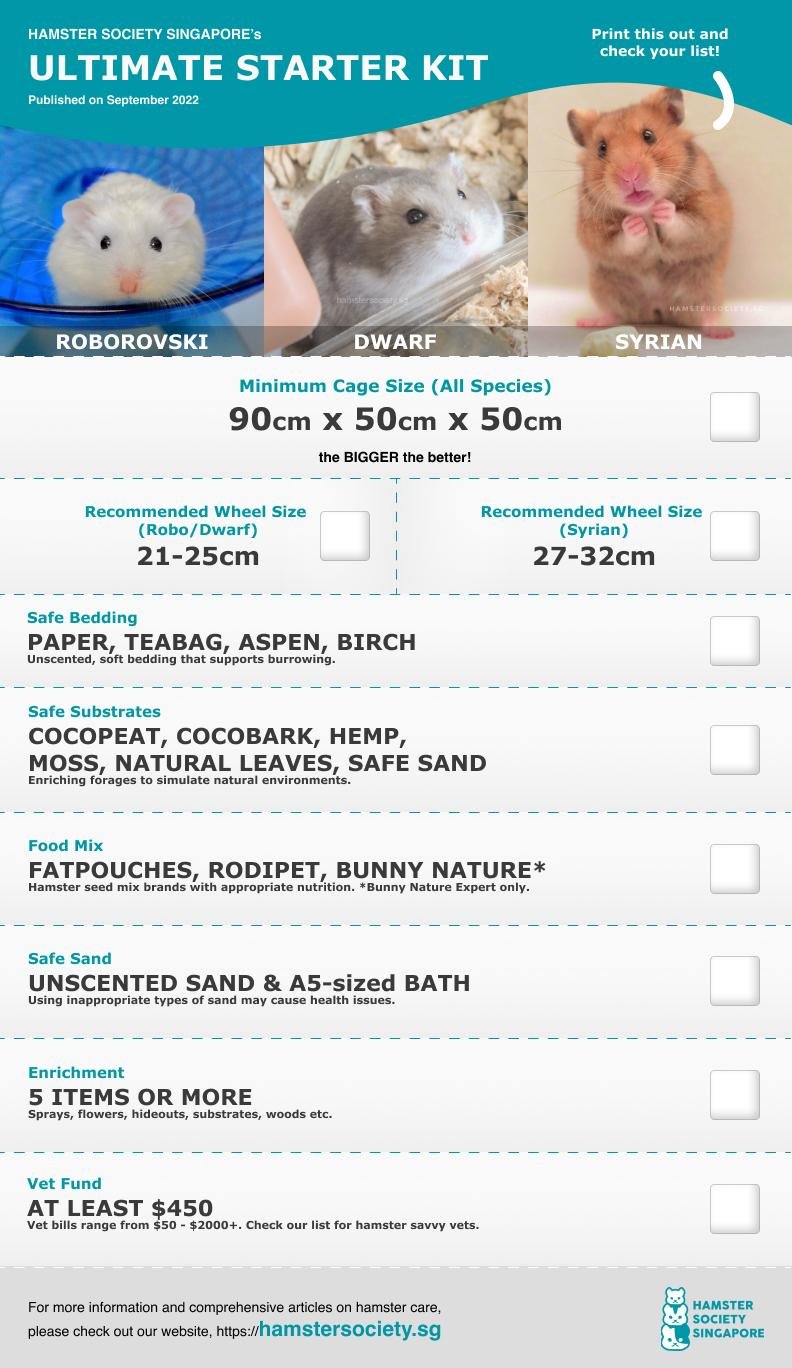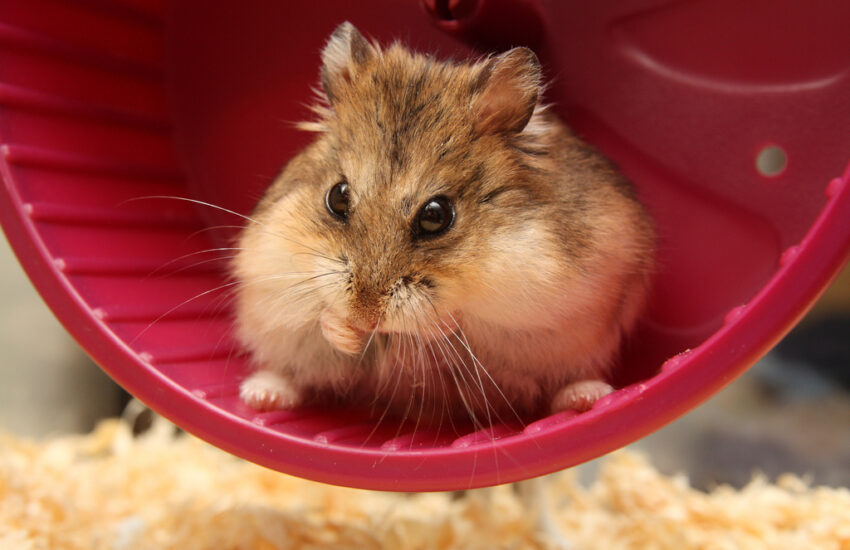Ideal Hamster Breeds for Small Spaces
When most people think of pets, hamsters often come to mind as excellent companions that fit perfectly into smaller living environments. With their compact size, relatively low maintenance needs, and playful personalities, hamsters can be ideal for apartment dwellers or anyone with limited space. However, not all hamster breeds are created equal when it comes to living in small spaces. In this article, we will explore the best hamster breeds for small areas, helping you decide which furry friend might be best for you.
Most hamster breeds are small enough to thrive in limited spaces, but certain breeds are more suited for small living conditions. This article will delve into their characteristics, housing needs, and temperament to ensure you choose a hamster that can live happily in your home. From their need for exercise to socialization requirements, we will cover everything you need to know.
Moreover, understanding the differences between breeds can help you foster a suitable environment where your pet can thrive. Let’s get started!
Why Choose a Hamster?
Hamsters are one of the most popular pets for people living in small apartments or houses. Here are several reasons why hamsters make fantastic pets:
- Space efficiency: Hamsters require minimal space and can live comfortably in a small cage.
- Low noise: These creatures are relatively quiet, making them suitable for shared living spaces.
- Minimal allergies: Hamsters typically have less dander than larger pets, which is beneficial for allergy sufferers.
- Affordability: Hamsters are often less expensive to purchase and maintain than dogs or cats.
Factors to Consider When Choosing a Hamster Breed
Space Requirements
While all hamsters are small, their living space greatly influences their well-being. Ensure the cage you choose is adequately sized to accommodate their needs. As a rule of thumb, the minimum cage size for a hamster is 24 inches long by 12 inches wide. For space-sensitive owners, look for vertical cages with multiple levels.
Temperament
Different hamster breeds have varying personalities. Some are more social and approachable, while others might be shy or solitary. Observe the breed characteristics to find a hamster that suits your lifestyle.
Exercise Needs
Hamsters are naturally active animals and require daily exercise. Consider breeds that are more adaptable to activity in smaller spaces, and ensure you have an exercise wheel or tunnels in their living environment.
Top Hamster Breeds for Small Spaces
1. Syrian Hamster
Syrian hamsters, often known as golden hamsters, are among the most popular breeds. They are larger than other types, measuring 5-7 inches long, which means they require slightly more space. However, their friendly disposition makes them ideal for beginners.
Personality: Friendly and social, Syrian hamsters can build a strong bond with their owners.
Housing Tip: Provide a spacious cage with hiding spots, toys, and an exercise wheel.
2. Dwarf Campbell’s Hamster
This dwarf breed is small and perfect for limited spaces. Measuring around 3-4 inches long, they are active and enjoy social interaction.
Personality: They tend to be friendly and curious, making them great pets for children.
Housing Tip: They thrive in a smaller cage with enrichment activities like tunnels and climbing structures.
3. Roborovski Hamster
Roborovski hamsters are the smallest breed of hamster, usually only 2-4 inches long. They are often characterized by their quick movements and playful antics.
Personality: Although they can be shy, Roborovski hamsters are generally friendly and enjoy being watched.
Housing Tip: Choose a multi-level cage to encourage their climbing instincts.
4. Winter White Dwarf Hamster
This breed is known for its beautiful fur and sweet demeanor. They are social animals and enjoy interaction.
Personality: Winter Whites are friendly and affectionate, making them ideal pets for small households.
Housing Tip: Provide plenty of bedding for burrowing and hiding, which they love.
5. Chinese Hamster
Chinese hamsters are a bit longer than dwarf species, averaging around 4-5 inches. They are known for their agility and playful nature.
Personality: They can be shy but enjoy interaction, making gradual socialization essential.
Housing Tip: This breed requires a cage with climbing opportunities and places to hide.
Best Cage Setup for Hamsters in Small Spaces
Choosing the Right Cage
When it comes to selecting a cage for your hamster in a small space, vertical height is just as important as floor space. Opt for a cage that offers multiple levels, allowing your pet to explore various areas without requiring a larger footprint.
Consider cages designed specifically for hamsters, as they contain necessary features such as deep bedding areas and chew-proof materials.
Essential Accessories
- Exercise Wheel: A wheel is crucial for maintaining your hamster’s health and happiness.
- Hiding/Retreat Areas: Hamsters need hiding spots to feel secure. You can use cardboard boxes or specially designed hides.
- Toys: Keep your hamster mentally stimulated with toys made for chewing and climbing.
Bedding Materials
Choosing the right bedding is essential for your hamster’s well-being. Avoid cedar or pine shavings, as they can be harmful. Instead, consider using aspen shavings or recycled paper bedding.
Feeding Your Hamster in Small Spaces
Importance of a Balanced Diet
A high-quality diet is key to your hamster’s health. Hamsters are mainly herbivorous and thrive on fresh vegetables, high-fiber pelleted food, and occasional treats. Avoid sugary snacks and human foods that may upset their stomachs.
Hydration Needs
Make sure your hamster always has access to fresh water. Use a water bottle with a sipper tube to keep their living space clean and prevent spills.
Maintaining a Clean Habitat
Cleaning your hamster’s cage frequently is crucial for their health; this includes replacing bedding, cleaning accessories, and ensuring consistent hygiene. To minimize odor and bacteria buildup, aim for a full cage clean every week, along with spot cleaning daily.
Socialization and Interaction
The Importance of Bonding
Bonding with your hamster will enhance your pet’s quality of life. Spend time each day playing with them outside the cage for a safe exploration period. For those breeds that enjoy companionship, consider adopting pairs, but be aware of their compatibility.
Conclusion
Choosing the right hamster breed for small spaces isn’t just about their size—it’s about their personality, adaptability, and care requirements. Syrian hamsters, Campbell’s dwarfs, Roborovski, Winter Whites, and Chinese hamsters all have unique traits that make them suitable for small living conditions. By preparing an enriched environment and regularly interacting with your chosen pet, you will create a joyful and engaging home for your furry friend.
For more insights on hamster care, check out this article on hamster habitat essentials and find a similar guide on nurturing your pet hamster. With the right knowledge and care, your small-sized pet can have a remarkably fulfilling life in your home.

